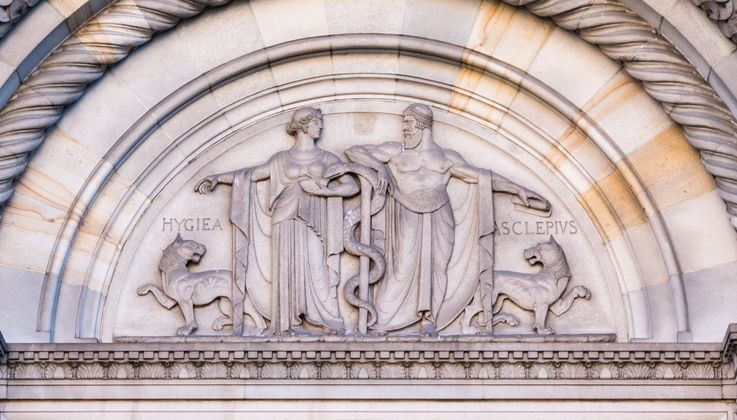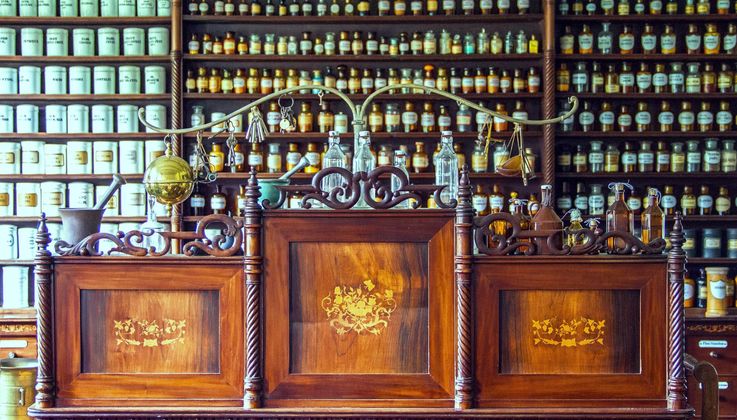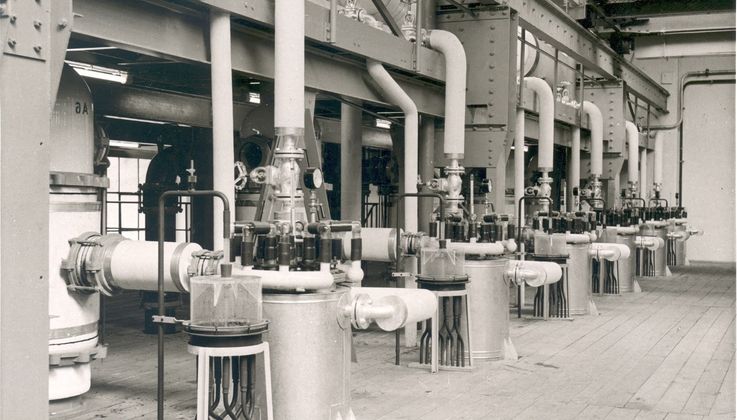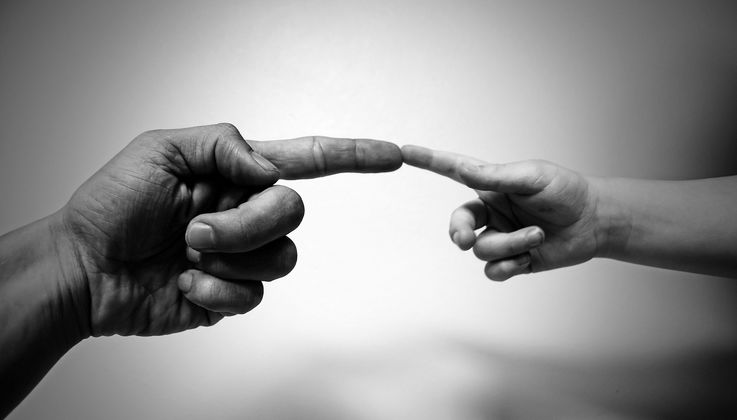
The history of disinfection
Safe, clean, pure
The public has probably never been quite as interested in disinfectants as it has been for the last year. A look at the history of disinfection, however, reveals that the desire to stay healthy and sanitary is as old as humanity itself.
Our understanding of hygiene developed only very gradually over time: while it is true that the ancient Greeks had plumbing in their homes 3,500 years ago, they did not really understand the connection between cleanliness and health. The role of microorganisms as pathogens was likewise unknown in antiquity. People instead believed that miasmas – toxic vapors emanating from the ground – were responsible.
Indeed, cleanliness and disinfection were only secondary considerations in medicine until the first half of the 19th century. It was not until the link between microorganisms and infection was recognized that the systematic search for disinfectants began.
The 20th century became the century of hygiene, a time when everything was shiny and sparkling, and a wealth of chemical and physical methods were expected to ensure flawless hygiene at all times.
And Evonik’s predecessors were always on the front lines of that effort. Goldschmidt, for example, developed a full line of disinfecting surfactants that, initially used for coal miners’ shower houses, gradually encompassed more and more applications, until the company had become the leader on the German surface hygiene market, particularly in the 1960s and 70s. The peroxides produced by Degussa were important agents for surface disinfection.
The outbreak of the coronavirus pandemic has again raised general awareness of the role that disinfectants play in a safe, clean environment. The fight against the virus is playing out on a number of fronts, with Evonik leveraging its position as a specialty chemicals company to donate materials, for example, or to provide a fast supply of disinfectants for healthcare professionals and support personnel.






